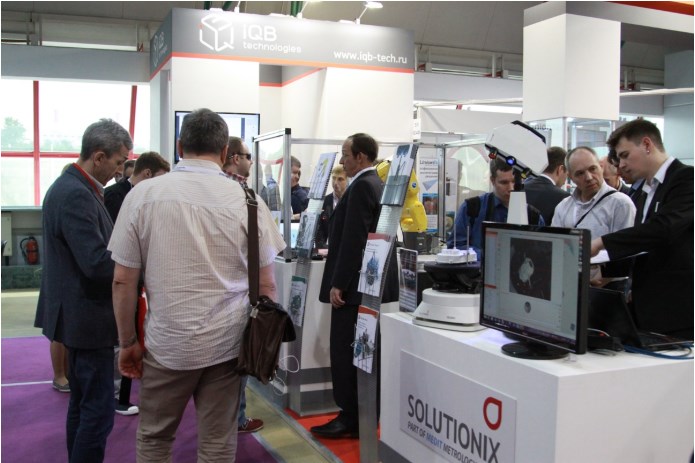Go to a remote location and return refreshed and with magnets
Continuing the topic, we want to share some recommendations for leaders of teams and companies on how to draw useful conclusions and knowledge from the experience gained. The further it goes, the more obvious it is that the distance in one form or another is with us for a long time. We use in our work and recommend to listeners a proven tool start, stop, continue, it is especially useful during and after breaks.

Start, stop, continue (start, stop, continue) is a simple, comfortable practice. It will help you determine what will appear for the first time, what will remain, and what can be abandoned in your work after the hard restrictions are lifted.
We recommend using this practice to assess your team’s performance in five areas:
- strength and performance;
- compliance with roles and tasks;
- balance of work and home modes;
- a sense of security;
- changes in informal culture.
Practice start, stop, continue
Start, stop, continue – a simple analytical technique that can be used in different situations. For example, it is used when revising a portfolio of projects in an organization. Leaders make decisions about which projects need to be initiated, which ones to complete, and which ones to stop, so as not to waste limited resources.
The reception is also useful in a situation where employees personally assess each other for adherence to the norms of organizational culture or deviations from it. In this situation:
- start – to undergo training on how to properly respond to colleagues (not using foul language, as usual, but according to the system algorithm) and on a regular basis;
- stop – fall into uncontrollable negative emotions at the meeting;
- continue – to share the accumulated experience with colleagues and to encourage such an exchange.
In 2020, it should be borne in mind that a number of targeted measures will remain for a long time.
1) Strength and performance
Perhaps you know your employees well. Or, conversely, you never looked at employees in terms of their psychological endurance – there was simply no need.
Ideas for a leader to think about:
It is worth talking with employees and understand what is important to them, what motivates them, and what demotivates them. Perhaps some of your actions only complicate their work (for example, you do not see them and overuse control measures).
It makes sense to assess the decline / increase in employee performance: what exactly influenced their strength and performance the most.
If your squad has lost a fighter against their will, then you should honestly figure out what is the reason, whether you can afford such losses in the next wave of coronavirus.
2) Compliance with roles and tasks
On a remote site, a “window” was opened for reviewing roles and status in terms of tasks, powers, responsibilities and everyone’s contribution to the overall result. The next stage is likely to go to those who have made the greatest contribution to the continuity of the work and development of the organization, and those who have managed to successfully organize themselves and their teams, provide instructions, and interact constructively with others.
Ideas for the head “to think”
Analyze the role model “before isolation”: roles, tasks, powers, responsibilities in managing an organization or department, who was responsible for what and what competencies (knowledge, skills and abilities) were useful.
Try to understand what tasks have appeared now and what competencies are needed to solve these tasks. Who has this knowledge, skills and abilities? Perhaps new processes have emerged: are their leaders able to manage or do they need help / rotation? If there are new areas of responsibility, who can lead the work in them and under what conditions?
Collegiate decision-making bodies may become more flexible and meet in targeted thematic meetings for quick decision-making. What successful experience would you like to continually use in the future?

3) Balance of work and home modes
It is useless to say that working from home is necessarily wonderful or unambiguously awful. A lot depends on work and home. On the one hand, the thrill from saving time on the road, on the other, fatigue from mixing “work” and “home” modes. This will most likely affect job preferences and employers’ requirements in the future. Not necessarily everyone will want to always work remotely, but everyone has their own opinion on this matter.
Ideas for the head “to think”
Several sessions can be held to discuss this interesting, albeit forced, experience with employees. How to balance full-time and remote work? What management and teamwork tools will come in handy, and which ones can be easily abandoned? And most importantly, what factors influence the work of your employees? What are they missing and what will have to be taken into account, since it is impossible to eliminate?
Consider using telecommuting as an intangible motivation for the most valuable employees who are comfortable with this work (see previous tips to identify the most valuable and prefer telecommuting).
4) Factors affecting a sense of security
The most serious psychological challenge is to maintain stability and rationality of thinking in the face of inevitable fears for one’s life, the lives of loved ones, and a stable future. Planned rhythmic work, generation of creative ideas and work in difficult conditions are difficult to combine with all this. It’s physically impossible to be afraid and come up with new ideas at the same time. Even if you manage to pull yourself together for a while, stress will easily cause a person to fall below their usual level.
The need for security is basic. The more creativity and new ideas you expect from your employees, the more important it is for you to find and reinforce practices that help people maintain a sense of security.
Ideas for the head “to think”
A lot of conflicting information flows fall on people, so it is important:
- dose negative, disturbing information;
- focus on the result of their activities and on their team, on what the team and the organization can do together;
- support each other.
Pay attention and find out if you did not yet know who is alone during isolation, who lacks communication, who is forced to organize the life of their loved ones and maintain a workspace in a very cramped living environment.
5) Changes in informal culture
For many (though not all) work is not only a place where cubic meters, megabytes, barrels, tons and slides are produced and for which we are paid money. If you can adapt, you can do the same online.
At work, we expand horizons and come up with new things, meet interesting people, pass on and perceive experience, and move forward in the development of emotional maturity. At work, rock bands, volleyball teams, families, volunteer groups are created. All this is difficult without personal communication, from person to person, from heart to heart. And this is the least I would like to lose.
Ideas for the head “to think”
Pay attention to changes in communication within the company during the period. What new phrases, memes, jokes, sayings and marker words have appeared in the speech of employees? For example, the phrase “Great idea, but let’s get down to business” already shows the cultural norm of depreciation.
What new ways of spending time together have appeared? Which ones are missing? Can (and should) they be restored? Most likely, instead of returning to the old, it will be easier and more profitable for you to fix the new.
How has the attitude towards initiatives changed? Silence instead of initiative can be a sign of respect for elders and superiors, but also a manifestation of fear and emotional burnout.
Can everything be as it was?
No, no longer. Months of the pandemic have significantly pushed the boundaries of the usual. Now not only IT development teams interact with each other, being in different cities and countries. Athletic coaches taught the kids about Zoom, and music bands performed online rehearsals. At a recent congressional hearing, executives from major tech companies and some congressmen joined the discussion from their workplaces. Surprisingly, even conservative officials quickly shifted their focus to telecommuting and videoconferencing.
Organizations have seen that telecommuting can be applied much broader and bolder than before. In this sense, we have passed the point of no return to the dock-like state.
Now this experience is being comprehended, and long-term strategies will have a “share” of retirement. The largest tech companies are already planning it on a 50% + scale for the year ahead. how writes CNN, Google, Warner Music Group, Viacom, Amazon corporate and some others have offered their employees to work from home until at least 2021, and Facebook, Twitter, Square, Slack, Shopify and Zillow no longer wait for their employees in the office.
As long as we remain human, we will not go completely online. However, most organizations will not return to the pre-crisis format of work either.
We are grateful to the experts of the Center for Training Leaders of Digital Transformation Marianna Krel and Pavel Poteev for their help in preparing the material.





